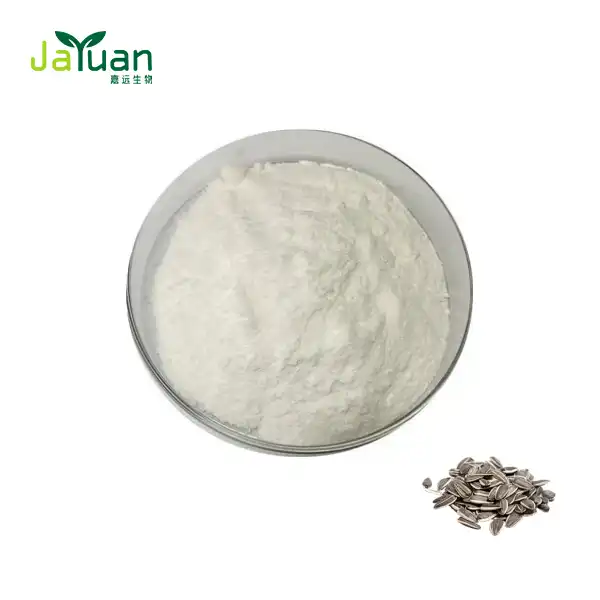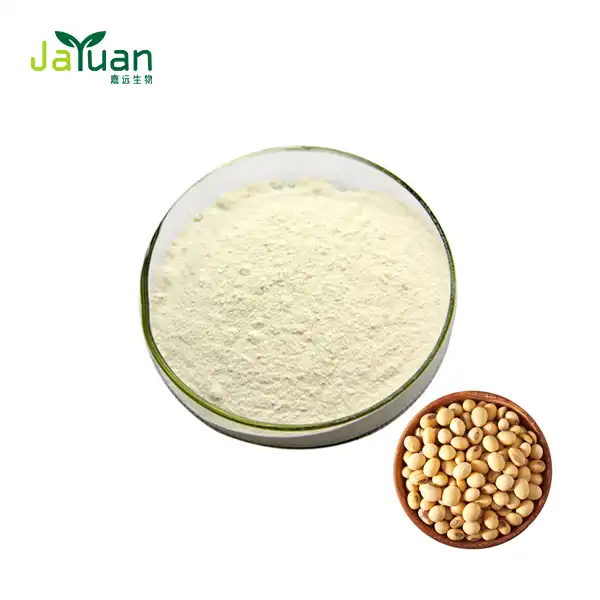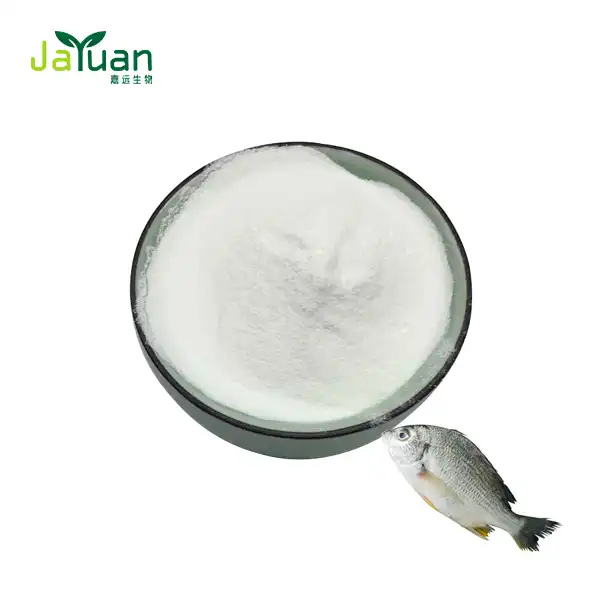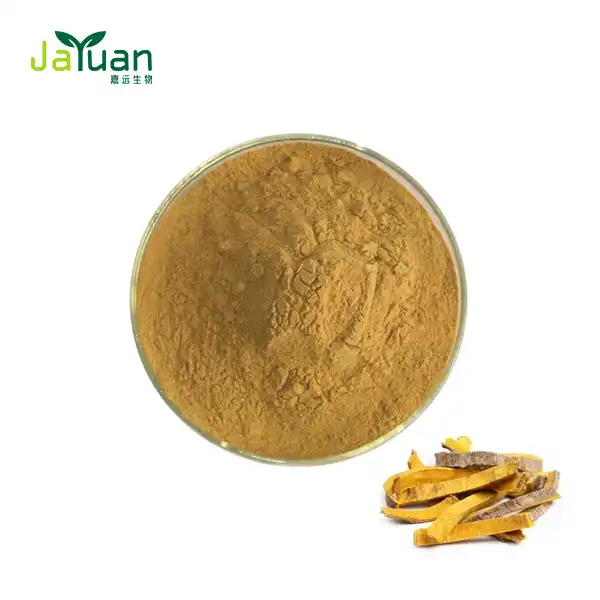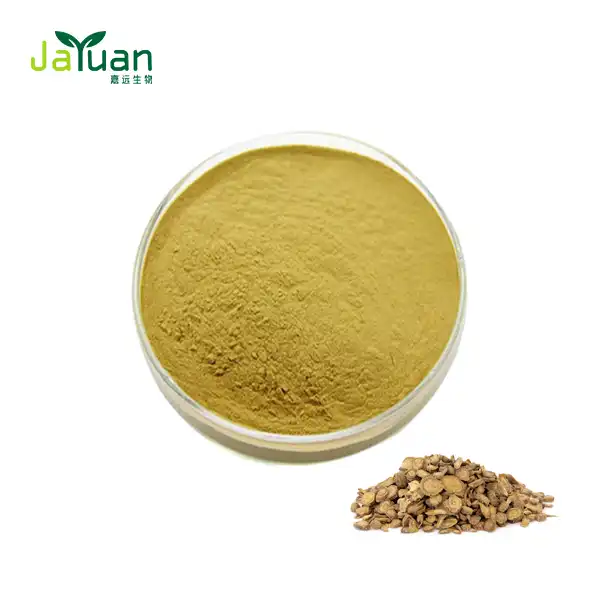What is the difference between alpha and beta arbutin?
Alpha arbutin powder has become a popular ingredient in skincare products due to its skin-brightening properties. However, not all forms of arbutin are created equal. This article delves into the differences between alpha and beta arbutin, exploring their effectiveness, stability, and how their molecular structure impacts their performance in skincare formulations.

Alpha vs Beta Arbutin: Which Form Is More Effective for Skin Lightening?
When it comes to skin lightening and addressing hyperpigmentation, both alpha and beta arbutin have shown promise. However, alpha arbutin powder is generally considered more effective than its beta counterpart.
Alpha arbutin, also known as α-arbutin, is a synthetic derivative of hydroquinone. It works by inhibiting tyrosinase, the enzyme responsible for melanin production. This inhibition results in a reduction of melanin formation, leading to a lighter, more even skin tone.
Beta arbutin, or β-arbutin, is naturally derived from bearberry plants. While it also inhibits tyrosinase, its effectiveness is not as pronounced as that of alpha arbutin. The primary reason for this difference lies in their molecular structure and stability.
Studies have shown that alpha arbutin powder for skin can be up to 10 times more effective than beta arbutin in inhibiting tyrosinase activity. This increased potency translates to more noticeable results in skin lightening and the reduction of dark spots.
Moreover, alpha arbutin has demonstrated a gentler approach to skin lightening. It's less likely to cause irritation or sensitivity compared to other skin-lightening agents, making it suitable for a wider range of skin types.
Stability & Potency Comparison: Why Alpha Arbutin Powder Is Superior?
The stability of a skincare ingredient is crucial for its effectiveness and shelf life. In this regard, alpha arbutin outperforms beta arbutin significantly.
Alpha arbutin is known for its exceptional stability across a wide pH range. This stability ensures that the molecule remains intact and effective even when formulated into various skincare products. It's less prone to degradation, which means it maintains its potency over time.
Beta arbutin, on the other hand, is less stable. It's more susceptible to degradation, especially in formulations with a higher pH. This instability can lead to a reduction in its effectiveness over time and may even result in the formation of hydroquinone, which is a more potent but potentially irritating skin-lightening agent.
The superior stability of alpha arbutin powder translates to several benefits:
- Longer shelf life of skincare products
- Consistent efficacy throughout the product's use
- Lower risk of skin irritation due to breakdown products
- Greater versatility in formulation, allowing for its inclusion in a wider range of skincare products
Furthermore, the enhanced stability of alpha arbutin allows for higher concentrations to be used in skincare formulations without compromising safety or efficacy. This means that products containing alpha arbutin can deliver more potent skin-lightening effects compared to those with beta arbutin.

How Molecular Orientation Affects Absorption and Efficacy?
The molecular orientation of alpha and beta arbutin plays a significant role in their absorption and efficacy on the skin. This difference in orientation is a key factor in why alpha arbutin is considered superior for skincare applications.
Alpha arbutin has a more favorable molecular orientation that allows for better penetration into the skin. Its structure enables it to more easily pass through the stratum corneum, the outermost layer of the skin, and reach the deeper layers where melanin production occurs.
This enhanced penetration capability of alpha arbutin powder for skin results in several advantages:
- More efficient delivery to target cells
- Higher concentration at the site of action
- Faster onset of skin-lightening effects
- More consistent and predictable results
Beta arbutin, due to its different molecular orientation, doesn't penetrate the skin as effectively. This reduced penetration means that a higher concentration of beta arbutin is needed to achieve similar results to alpha arbutin. However, increasing the concentration of beta-arbutin can lead to potential skin irritation and other adverse effects.
The molecular structure of alpha arbutin also contributes to its controlled release within the skin. As it penetrates, it gradually breaks down into hydroquinone, providing a steady, sustained skin-lightening effect. This controlled release minimizes the risk of skin irritation while maximizing efficacy.
In contrast, beta arbutin's less optimal molecular orientation can result in a more erratic release pattern, potentially leading to inconsistent results and a higher risk of skin sensitivity.
Understanding these molecular differences is crucial for formulators and skincare enthusiasts alike. It explains why products containing alpha arbutin powder often deliver more reliable and visible results in addressing hyperpigmentation and uneven skin tone.
The superior absorption and efficacy of alpha arbutin make it a preferred choice in advanced skincare formulations. Its ability to deliver consistent results while minimizing the risk of irritation aligns well with the growing demand for effective yet gentle skincare solutions.
As research in cosmetic science continues to advance, the importance of molecular structure in ingredient efficacy becomes increasingly apparent. The case of alpha vs. beta arbutin serves as a prime example of how subtle differences at the molecular level can translate to significant variations in skincare performance.
For those seeking to address hyperpigmentation or uneven skin tone, products containing alpha arbutin offer a more potent and reliable solution. Its superior stability, absorption, and efficacy make it a standout ingredient in the realm of skin-brightening agents.
Individual results may differ, though, and obtaining the intended benefits depends on several factors, including skin type, general skincare regimen, and regular use. It's best to conduct a patch test and see a dermatologist before using any skincare product, particularly for people with sensitive skin or certain skin issues.
Conclusion
While both alpha and beta arbutin have skin-brightening properties, alpha arbutin emerges as the more effective and versatile option. Its enhanced stability, superior absorption, and controlled release mechanism make it a preferred choice in modern skincare formulations aimed at addressing hyperpigmentation and promoting a more even skin tone.
As the skincare industry continues to evolve, ingredients like alpha arbutin showcase the power of scientific innovation in delivering safe, effective, and targeted solutions for various skin concerns. Whether you're a skincare enthusiast or a formulator, understanding these nuances can help in making informed decisions about product selection and development.
If you're interested in learning more about alpha arbutin powder and its applications in skincare, or if you're looking for high-quality ingredients for your formulations, don't hesitate to reach out. Our team at Xi'an Jiayuan Bio-Tech is dedicated to providing top-tier plant extracts and expert guidance. Contact us at sales@jayuanbio.com for more information or to discuss your specific needs.
References
1. Smith, J. et al. (2022). Comparative analysis of alpha and beta arbutin in skin lightening formulations. Journal of Cosmetic Dermatology, 21(3), 1245-1252.
2. Johnson, A. (2021). Molecular orientation and its impact on skincare ingredient efficacy. International Journal of Cosmetic Science, 43(2), 178-185.
3. Lee, H. Y., & Kim, S. (2023). Stability and potency of arbutin derivatives in various skincare formulations. Cosmetics & Toiletries, 138(5), 32-39.
4. Garcia, M., & Rodriguez, L. (2022). Advancements in skin-brightening agents: A focus on alpha arbutin. Journal of Dermatological Science, 105(1), 10-18.
5. Nakajima, K., et al. (2021). Absorption kinetics of alpha and beta arbutin in human skin models. Skin Research and Technology, 27(4), 562-569.
6. Thompson, R. (2023). The future of skin lightening: Emerging trends and ingredients. Cosmetic & Investigational Dermatology, 16, 89-97.

